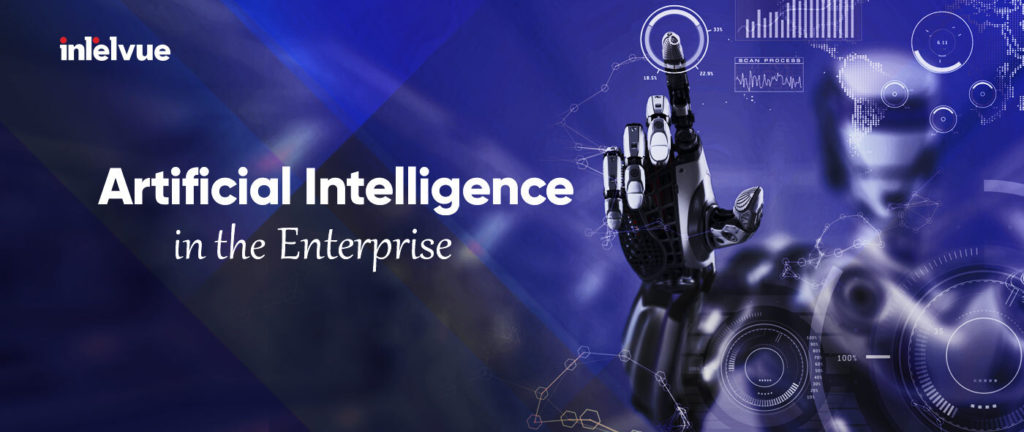
To give any real predictions or AI forecasts about the prospects for corporate use of artificial intelligence in 2021, we need to distract from the hype around it, writes independent analyst and consultant James Kobilus on InformationWeek.
AI has expanded its influence over our lives throughout the past year. Even as the global pandemic forced many data scientists to work from their homes, AI-driven innovation continued to be generated by the brightest minds.
AI is at the heart of the coming “new normal” for all of our lives. In the future, AI will be the intelligent core of automated, robotic, and non-contact processes that will protect us all from future cataclysms.
Below are the predictions for the specific AI methods, tools, platforms, and applications that will come to the fore – given the ongoing crisis caused by the COVID-19 pandemic:
Automated Management will be the key to control AI applications.
AI going out of control is unacceptable. In 2021, enterprises will strengthen AI governance across their organizations by providing robust model validation across machine learning workflows. It will ensure that AI applications perform their intended functions accurately, free from privacy breaches, demographic bias, and other unfavorable algorithmic outcomes.
AI control platform providers will expand their capabilities to deploy and manage a steady stream of proven models right down to the edge.
Read Also: 4 Proven Ways AI is Providing Value To Businesses in Customer Experience
Adversarial attacks on machine learning will require countermeasures to protect the AI economy.
AI resilience is fundamental. In 2021, AI professionals will push for a consensus methodology to detect and remediate malicious threats to AI applications, such as peripheral vision systems that work on convolutional neural networks.
Many AI developers will adopt the recently released Adversarial ML Threat Matrix, an open, extensible industry framework for classifying the most common sabotage tactics used to disrupt and deceive machine learning systems.
Many ML DevOps vendors will incorporate this standard – especially access to their GitHub repositories for a curated malware attack repository – in their solutions.
Facial recognition will become the dominant AI-based contactless authentication technology.
Authenticated AI is required. In 2021, enterprises will implement strong authentication face recognition in a growing range of in-house and customer-centric applications. Likewise, businesses will increasingly avoid using technology to interpret identity, race, gender, and other attributes that might be sensitive in terms of privacy, impartiality, or point of view.
The extent to which businesses include facial recognition in image/video auto-tagging, image requests, and other similar applications will only be determined after careful legal review. The regulatory sensitivity of this technology and legal risks will only grow for the foreseeable future.
Robotization will bring enhanced learning to the mainstream of AI.
Flexibility is imperative for AI. In 2021, COVID-19 will begin to recede. But after the pandemic, we will transfer many previously human functions to flexible robots. Through enhanced learning, they will be partially or fully trained in flexible orientation, control, and object manipulation in complex real-life scenarios.
Biosensing, delivery, and disinfection will become the dominant segments of robotics, with drones being among the main platforms for which AI applications will be trained through enhanced learning.
Deepfake technology will enable the next generation of AI-powered multimedia.
Generative AI is versatile. In 2021, generative adversarial networks (GANs) deepfake technologies will prove their value as a means of creating and enhancing video, audio, and other media content through algorithmic manipulation.
GANs will become standard tools for improving the confidence of participants in virtual workspaces in real-time. Shortly, there will be no commercial conferencing solutions that would deliver user quality problems arising from raw video and audio streams – not smoothed or augmented with sophisticated AI.
Quantum computing will find its first convincing application in AI.
“Otherworldly” AI is inevitable. In 2021, the developer ecosystem that has sprung up around TensorFlow Quantum will present at least one example of a neuromorphic cognitive model, an adaptive machine learning algorithm, a generative adversarial network, or a parallel learning program where quantum collaborative processing platforms are faster than any classical computing platform.
As these results will be replicated across different commercial quantum platforms, the commercialization of the quantum AI segment will begin in earnest.
Startups will enter this arena, and more and more enterprises will seriously initiate to include quantum platforms in their plans for the development of AI and high-performance computing.